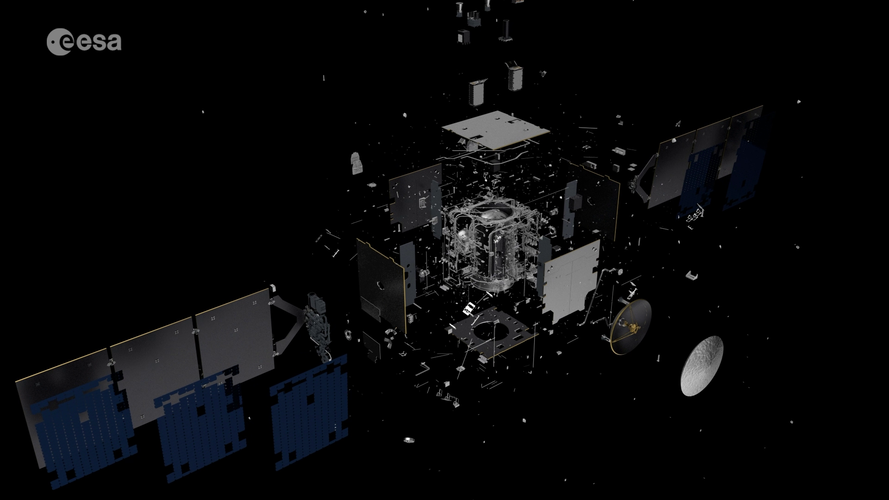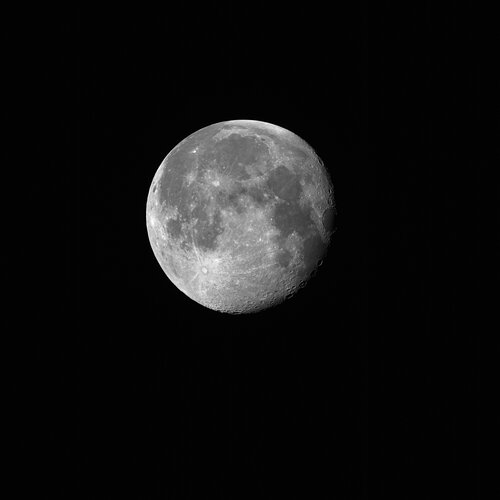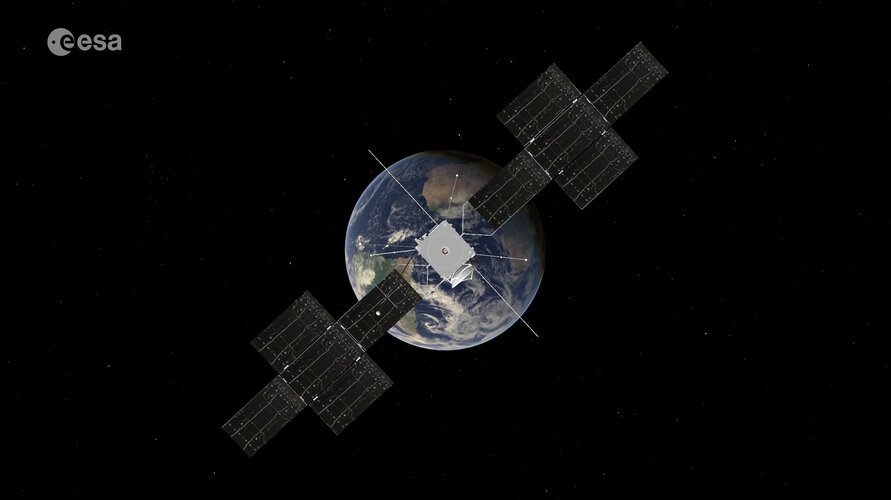
Copernical Team
Completed experiments on International Space Station to help answer how boiling and condensation work in space

After a decade of preparation and two years of active experiments in space, a facility that Purdue University and NASA's Glenn Research Center in Cleveland designed, built and tested has completed its test campaign on the International Space Station.
NASA's Artemis science instrument gets tested in moon-like sandbox

On Sept. 9 and 10, scientists and engineers tested NASA's LEMS (Lunar Environment Monitoring Station) instrument suite in a "sandbox" of simulated moon regolith at the Florida Space Institute's Exolith Lab at the University of Central Florida in Orlando.
Lunar regolith is a dusty, soil-like material that coats the moon's surface, and researchers wanted to observe how the material would interact with LEMS's hardware, which is being developed to fly to the moon with Artemis III astronauts in late 2026.
Designed and built at NASA's Goddard Space Flight Center in Greenbelt, Maryland, LEMS is one of three science payloads chosen for development for Artemis III, which will be the first mission to land astronauts on the lunar surface since 1972.
The LEMS instrument package can operate both day and night. It will carry two University of Arizona-built seismometers to the surface to perform long-term monitoring for moonquakes and meteorite impacts.
Provided by NASA
Hubble sees black hole beam boosting stellar eruptions

In a surprise finding, astronomers using the NASA/ESA Hubble Space Telescope have discovered that the blowtorch-like jet from a supermassive black hole at the core of a huge galaxy seems to cause stars to erupt along its trajectory. The stars, called novae, are not caught inside the jet, but apparently in a dangerous neighbourhood nearby.
Look inside ESA’s Hera asteroid mission
 Video:
00:02:02
Video:
00:02:02
Hera is ESA's first planetary defence mission, set to probe the lingering mysteries of a unique target among the 1.3 million known asteroids of our Solar System: the first body to have had its orbit shifted by human action.
Spacecraft are among the most complex machines ever built, so need to be broken down into sets of subsystems, and this video shows how ESA and European industry put together Hera.
Hera’s chemical propulsion subsystem is what moves it through space, while its electrical power subsystem supplies and regulates electrical power throughout the spacecraft as needed. Its data handling subsystem
Turbulence in the Sun’s corona
 Video:
00:00:29
Video:
00:00:29
Solar wind is a never-ending stream of charged particles coming from the Sun. Rather than a constant breeze, this wind is rather gusty. As solar wind particles travel through space, they interact with the Sun's variable magnetic field, creating chaotic and fluctuating motion known as turbulence.
This video confirms something long suspected: the turbulent motion of solar wind begins very close to the Sun, inside the solar atmosphere known as the corona. Small disturbances affecting solar wind in the corona are carried outward and expand, generating turbulent flow further out in space.
By blocking out direct light coming from
Sentinel-2C captures stunning glimpse of the Moon
 Image:
On 20 September, the Copernicus Sentinel-2C satellite captured its first stunning image of the Moon, achieved by rolling the satellite sideways in a unique manoeuvre. Although Sentinel-2C is primarily designed for Earth observation, this image – intended for calibration and cross-mission comparisons – exceeded expectations.
Image:
On 20 September, the Copernicus Sentinel-2C satellite captured its first stunning image of the Moon, achieved by rolling the satellite sideways in a unique manoeuvre. Although Sentinel-2C is primarily designed for Earth observation, this image – intended for calibration and cross-mission comparisons – exceeded expectations. Catalysing new space ventures with ESA’s Earth Observation Commercialisation Forum

Taking place at KAP Europa in Frankfurt, Germany, from 27 to 28 November 2024, the second ESA Earth Observation Commercialisation Forum will bring together stakeholders from the Earth observation and space commercialisation sectors, including end users, space industry players, entrepreneurs, private and public investors and policymakers to discuss and promote commercial opportunities in Earth observation.
The event is an important part of ESA’s broader strategy to enhance the economic return from Earth observation investments to ensure that space technology contributes to sustainable economic growth.
Juice spacecraft forming wake in solar wind

A spacecraft in flight cannot help but change the space about it – which can pose problems. A new paper in the Journal of Geophysical Research: Space Physics presents a study on how ESA’s Jupiter Icy Moons Explorer, Juice, is interacting with the solar wind. The consequences include potentially problematic surface charging, a dense cloud of photoelectrons that surround the spacecraft and a more than 65-m-long wake of ion-free space behind it, resembling the trail of a boat.
ESA-DLR Lunar facility prepares for simulated exploration
 The European Space Agency (ESA) and the German Aerospace Center (DLR) inaugurated LUNA, a state-of-the-art lunar analogue facility, on September 25, 2024, in Cologne, Germany. The facility, located near ESA's European Astronaut Centre, is designed to simulate lunar surface conditions to support astronaut training and testing for upcoming lunar missions.
LUNA will serve as a vital tool for
The European Space Agency (ESA) and the German Aerospace Center (DLR) inaugurated LUNA, a state-of-the-art lunar analogue facility, on September 25, 2024, in Cologne, Germany. The facility, located near ESA's European Astronaut Centre, is designed to simulate lunar surface conditions to support astronaut training and testing for upcoming lunar missions.
LUNA will serve as a vital tool for Crew completes simulated Mars Mission at JSC
 A volunteer crew recently "returned" from a simulated 45-day mission to Mars at NASA's Johnson Space Center (JSC) in Houston. The crew completed their stay in a small habitat, contributing to research essential for future human space missions to the Moon and Mars.
The HERA (Human Exploration Research Analog) missions are part of NASA's effort to study how humans cope with the unique challe
A volunteer crew recently "returned" from a simulated 45-day mission to Mars at NASA's Johnson Space Center (JSC) in Houston. The crew completed their stay in a small habitat, contributing to research essential for future human space missions to the Moon and Mars.
The HERA (Human Exploration Research Analog) missions are part of NASA's effort to study how humans cope with the unique challe 